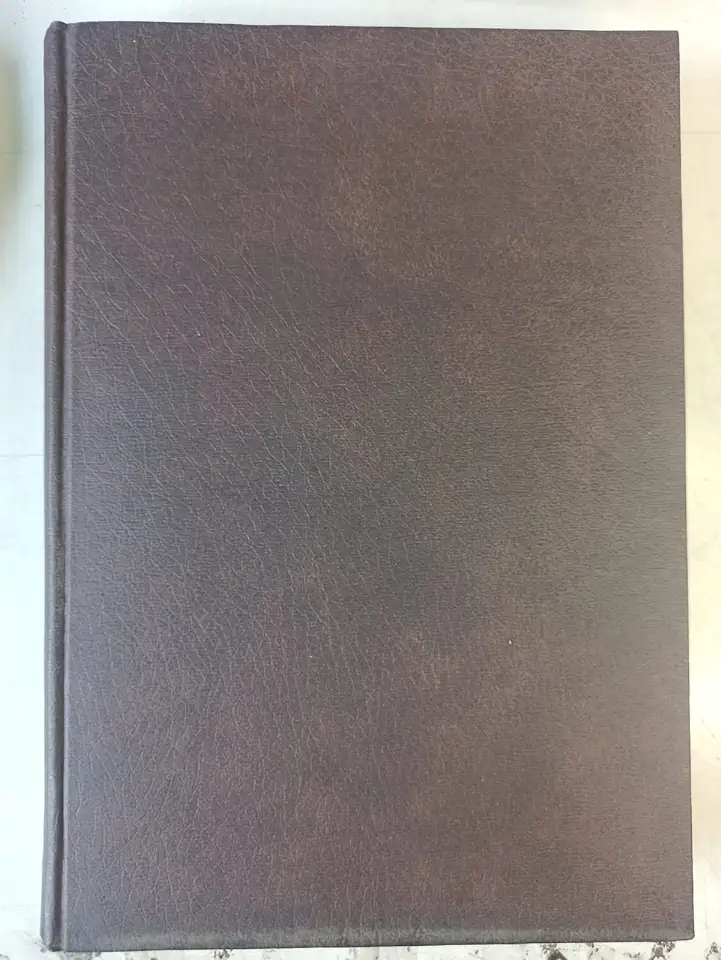
The Baroque in Brazil - Eduardo Etzel
The Baroque in Brazil: A Cultural History
Introduction
In this groundbreaking work, Eduardo Etzel offers a comprehensive and captivating exploration of the Baroque period in Brazil, a time of immense cultural and artistic flourishing. Etzel takes readers on a journey through the vibrant cities, magnificent churches, and breathtaking landscapes that defined this era, shedding light on the unique blend of European and indigenous influences that shaped Brazilian Baroque art and architecture.
The Birth of a New Aesthetic
The Baroque period in Brazil emerged during the 17th and 18th centuries, a time of great economic prosperity and cultural exchange. As the Portuguese colony expanded its reach, it encountered a diverse array of indigenous cultures, each with its own rich artistic traditions. The encounter between these two worlds gave rise to a new aesthetic that blended European Baroque forms with indigenous motifs and techniques.
Architecture: Grandeur and Opulence
One of the most striking features of Brazilian Baroque architecture is its grandeur and opulence. Churches, convents, and public buildings were adorned with elaborate facades, intricate carvings, and opulent interiors. The use of gold leaf, azulejos (painted tiles), and carved wood created a sense of awe and wonder, reflecting the power and wealth of the Catholic Church and the Portuguese crown.
Painting and Sculpture: A Fusion of Styles
Brazilian Baroque painting and sculpture also showcased a unique fusion of European and indigenous influences. Artists such as Aleijadinho and Mestre Ataíde drew inspiration from both European masters and local folk art, creating works that were both technically accomplished and deeply rooted in Brazilian culture. The result was a rich and vibrant artistic tradition that captured the essence of the Brazilian Baroque.
Music and Literature: A Tapestry of Sound and Word
The Baroque period in Brazil also witnessed a flourishing of music and literature. Composers such as José Maurício Nunes Garcia and Marcos Coelho Neto created sacred and secular works that blended European musical forms with indigenous rhythms and melodies. In literature, poets and writers such as Gregório de Matos and Frei Vicente do Salvador produced works that reflected the social, political, and cultural realities of the time.
A Legacy of Cultural Heritage
The Baroque period in Brazil left a lasting legacy of cultural heritage that continues to captivate and inspire. The magnificent churches, sculptures, paintings, and music of this era stand as a testament to the creativity and ingenuity of the Brazilian people. Today, these works of art are cherished as national treasures, drawing visitors from around the world to experience the beauty and grandeur of the Brazilian Baroque.
Conclusion
"The Baroque in Brazil" is a must-read for anyone interested in the history, art, and culture of Brazil. Eduardo Etzel's masterful work provides a comprehensive and engaging exploration of this fascinating period, offering readers a deeper understanding of the forces that shaped Brazilian society and culture. With its wealth of insights and stunning illustrations, "The Baroque in Brazil" is an essential addition to any library and a source of inspiration for all who appreciate the beauty and diversity of human creativity.